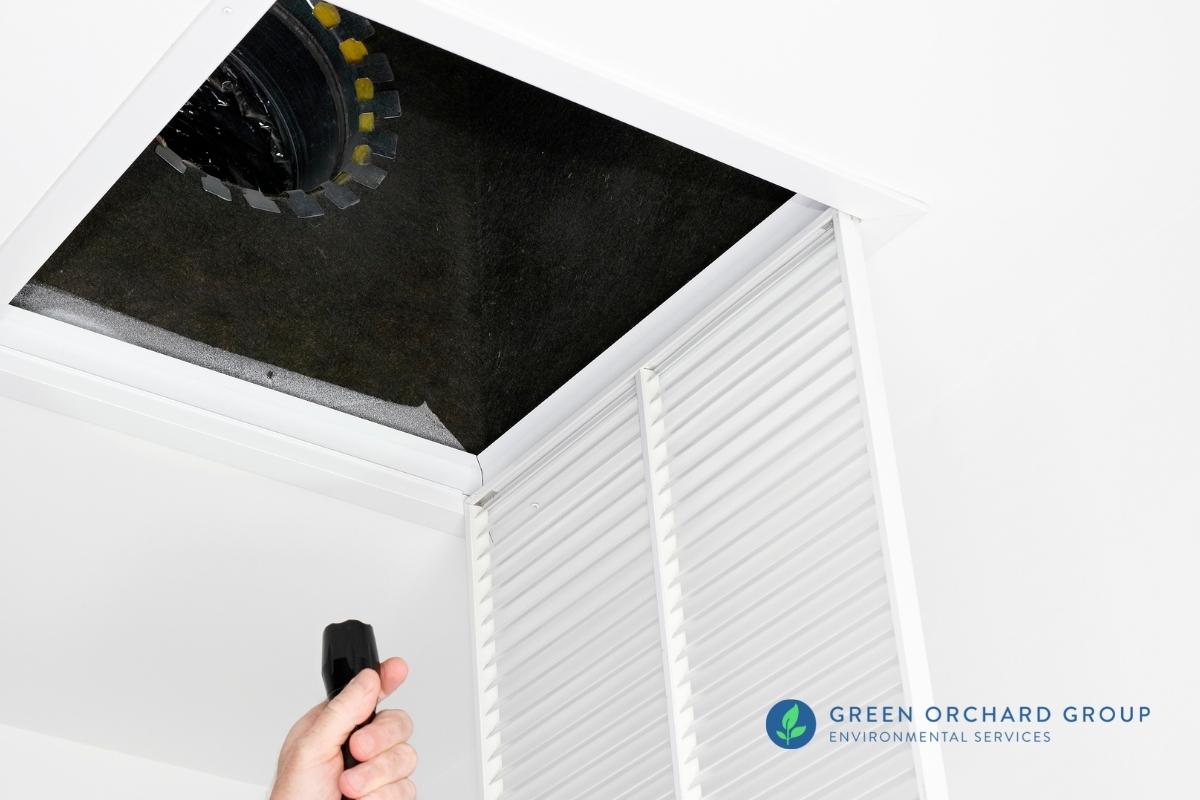Crafting a Thorough Post Mold Remediation Report
Crafting a Thorough Post Mold Remediation Report
Blog Article
Your Ultimate Guide to Blog Post Mold And Mildew Removal Methods
In the results of mold and mildew problem, recognizing exactly how to properly get rid of the mold and mildew and stop its reoccurrence is paramount for maintaining a healthy and balanced indoor setting. From picking the best cleaning and sanitizing techniques to carrying out techniques for lasting mold and mildew prevention, each step in the remediation trip plays an essential role in ensuring a successful end result.
Understanding Post-Mold Removal Refine
After finishing the mold remediation process, it is important to recognize the post-mold remediation techniques that are needed to ensure a complete and effective cleaning. Once the mold and mildew has been eliminated, the next step includes cleaning and decontaminating the influenced areas to avoid any type of regrowth of mold and mildew. This includes utilizing specialized cleansing representatives to clean down surfaces and kill any staying mold and mildew spores. It is vital to dry the area totally to prevent the growth of mold in the future (Post Mold remediation cleaning). Appropriate ventilation and dehumidification can help in this process.
Moreover, performing a final inspection post-remediation is vital to make certain that all mold and mildew has actually been efficiently eliminated. This inspection must involve a detailed visual check in addition to potentially air tasting to validate the lack of mold spores airborne. Added remediation might be required if the assessment exposes any remaining mold and mildew. Informing residents on preventive measures such as controlling wetness degrees and immediately attending to any type of water leaks can aid maintain a mold-free environment.
Efficient Cleaning and Disinfecting Approaches

Preventing Future Mold Growth

Importance of Correct Air Flow
Correct air flow plays a crucial role in preventing wetness build-up, a key factor in mold and mildew development within indoor atmospheres. Efficient air flow systems assist get rid of excess humidity from the air, minimizing the possibilities of mold spores locating the dampness they need to spread and sprout. Without ample air flow, indoor areas can become a breeding place for mold, causing possible wellness risks and architectural damages.
By ensuring proper air circulation, ventilation systems can also aid in drying out damp areas extra swiftly after water damage or flooding incidents, better hindering mold growth. testing air quality after mold remediation. Precede like washrooms, kitchens, attics, and basements where dampness levels often tend to be higher, installing and maintaining reliable ventilation systems is crucial in stopping mold problems

Tracking and Upkeep Tips
Provided the vital duty that correct air flow plays in preventing mold and mildew development, it is essential to develop efficient tracking and upkeep ideas to guarantee the ongoing performance of air flow systems. Regular inspections of ventilation systems ought to be carried out to check for any indications of obstructions, leakages, or breakdowns that can impede correct airflow. Surveillance humidity degrees within the building is additionally important, as high moisture can add to mold growth. Mounting a hygrometer can assist track moisture degrees and alert homeowners to any kind of spikes that may call for interest. Furthermore, guaranteeing that air filters are on a regular basis cleaned or changed is necessary for maintaining the performance of the ventilation system. Implementing a timetable for regular upkeep jobs, such as air duct cleansing click here to read and heating and cooling system assessments, can assist prevent issues prior to they intensify. By Website remaining proactive and conscientious to the condition of air flow systems, homeowner can successfully minimize the threat of mold and mildew regrowth and maintain a healthy and balanced interior environment.
Conclusion
In verdict, post-mold remediation techniques are necessary for making sure a tidy and safe setting. Recognizing the procedure, applying effective cleaning and sanitizing methods, avoiding future mold growth, maintaining correct air flow, and routine monitoring are all essential action in the remediation process. By complying with these guidelines, you can effectively get rid of mold and mildew and prevent its return, functioning or promoting a healthy living space for all residents.
In the results of mold and mildew invasion, understanding how to successfully get rid of the mold and mildew and prevent its reoccurrence is extremely important for keeping a healthy and balanced indoor atmosphere. As soon as the mold and mildew has actually been removed, the next action includes cleaning and sanitizing the affected areas to prevent any type of regrowth of mold and mildew - what to do after mold remediation. After eliminating noticeable mold and mildew growth, it is crucial to clean all surfaces in Get More Information the afflicted area to eliminate any type of continuing to be mold and mildew spores. To further improve mold and mildew avoidance actions, it is important to attend to underlying concerns that originally led to mold and mildew growth.Offered the important role that correct air flow plays in protecting against mold and mildew development, it is essential to establish reliable monitoring and upkeep suggestions to make certain the continued capability of ventilation systems
Report this page